If you are a high-income earner, you may feel as though you pay too much tax. In fact, a recent study suggests that high-income families pay a disproportionately large share of all Canadian taxes — the top 20 percent of income-earning families pay 61.4 percent of the country’s personal income taxes! In contrast, the bottom 20 percent of income-earning families pay only 0.8 percent of total income taxes. This study was done by the Fraser Institute to debunk the political misperception that top-income earners do not pay their fair share of taxes.1
This is just one reason why tax planning remains important: Saving tax is a year-round exercise. If you have a spouse/common-law partner (“spouse”) or adult kids, don’t overlook the opportunity to split income by shifting taxable income from a higher-income earner to a lower-income earner to save taxes.
Here are just a handful of ideas:
Pension Splitting —
Up to 50 percent of eligible pension income may be split between eligible spouses on their respective tax returns. This may also allow both spouses to claim the pension income tax credit of up to $2,000 per year depending on age. For those ages 65 or over, payments from sources such as a life annuity, registered pension plan, or RRIF could qualify. For those under 65, payments from a registered pension plan (except Quebec) and certain other payments received resulting from the death of a spouse may qualify. CPP/OAS payments do not qualify.
CPP/QPP Sharing —
Spouses can apply to have their Canada/Quebec Pension Plan (CPP/QPP) pensions split between them. It is important to note that the CPP pension-sharing rules are separate from the pension income-splitting rules and work differently. For example, pensioners must proactively apply for CPP pension sharing, while a couple can elect to apply pension income splitting when they are filing their income tax returns after they have already received the pension income.
Transferring Unrealized Capital Losses —
In some situations, it may be possible to transfer unrealized losses in a portfolio between spouses using the superficial loss rules. This could allow a spouse who cannot effectively use unrealized capital losses (i.e. due to a lack of capital gains and/or is in a low tax bracket) to transfer those losses to a spouse who would be able to realize and utilize the capital losses more effectively.
Spousal RRSP —
If the high-income spouse contributes to a spousal RRSP for the benefit of the lower-income spouse, future withdrawals may be taxed in the lower-income earner’s hands. Be aware that the spousal RRSP would be owned by the lower-income spouse, so any funds withdrawn are considered that spouse’s assets to be included on their income tax return, and the income attribution rules generally apply.
Household Expense Allocation — Household cash flow could be allocated so that the higher-income spouse could pay for family expenses. After tax-advantaged accounts have been maximized, the lower-income earner’s funds could then be used for investment purposes to enable future investment income to be taxed at their lower marginal tax rate.
Gifting to Adult Kids —
Gifting money to an adult child who is in a lower tax bracket can put subsequent capital gains and income in the hands of the child. The adult child may also be able to contribute the funds into tax-sheltered accounts such as a TFSA. However, it is important to consider the loss of control over the funds once they have been gifted.
Business Planning —
For business owners, reasonable salaries for services rendered in the business may be paid to lower-income family members. This not only has the potential to take advantage of the individual’s lower marginal tax rate, but can also build up RRSP contribution room and generate pensionable CPP/QPP earnings.
If you are considering income-splitting opportunities, please reach out to our team to learn more.
1. https://www.fraserinstitute.org/studies/measuring-progressivity-in-canadas-tax-system-2022
Disclaimer
Echelon Wealth Partners Inc.
The opinions expressed in this report are the opinions of the author and readers should not assume they reflect the opinions or recommendations of Echelon Wealth Partners Inc. or its affiliates. Assumptions, opinions and estimates constitute the author's judgment as of the date of this material and are subject to change without notice. We do not warrant the completeness or accuracy of this material, and it should not be relied upon as such. Before acting on any recommendation, you should consider whether it is suitable for your particular circumstances and, if necessary, seek professional advice. Past performance is not indicative of future results. The comments contained herein are general in nature and are not intended to be, nor should be construed to be, legal or tax advice to any particular individual. Accordingly, individuals should consult their own legal or tax advisors for advice with respect to the tax consequences to them.




